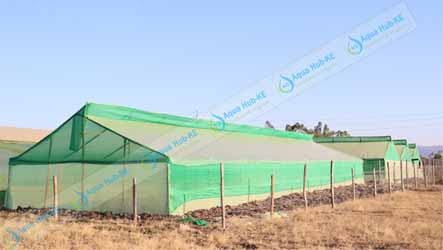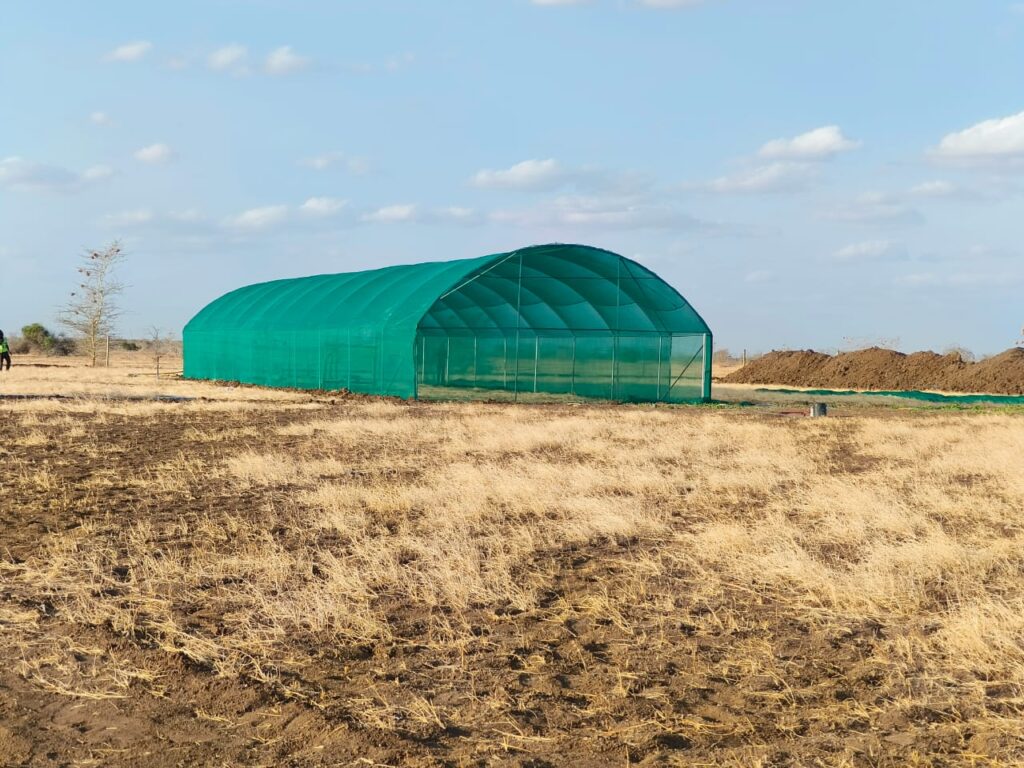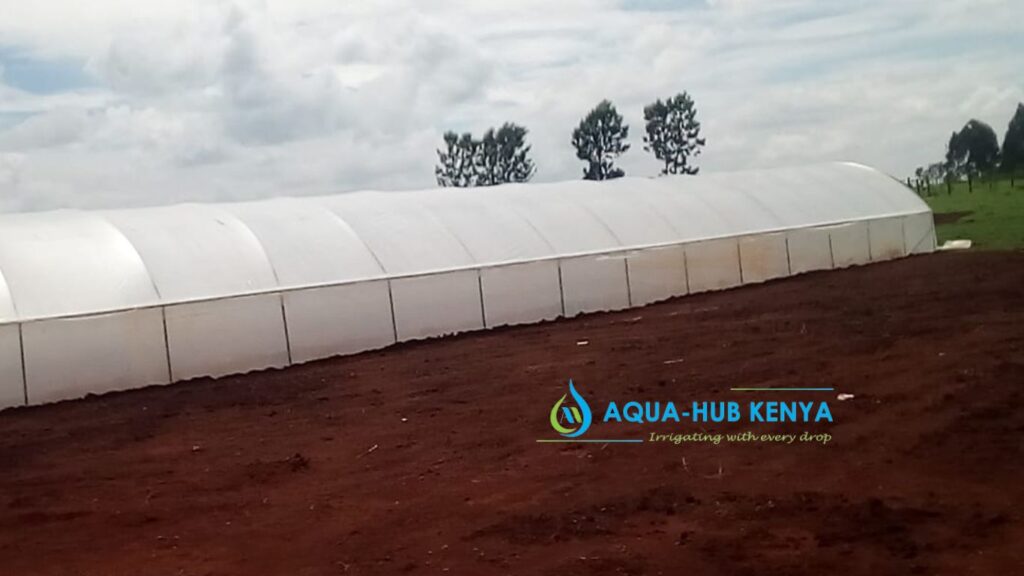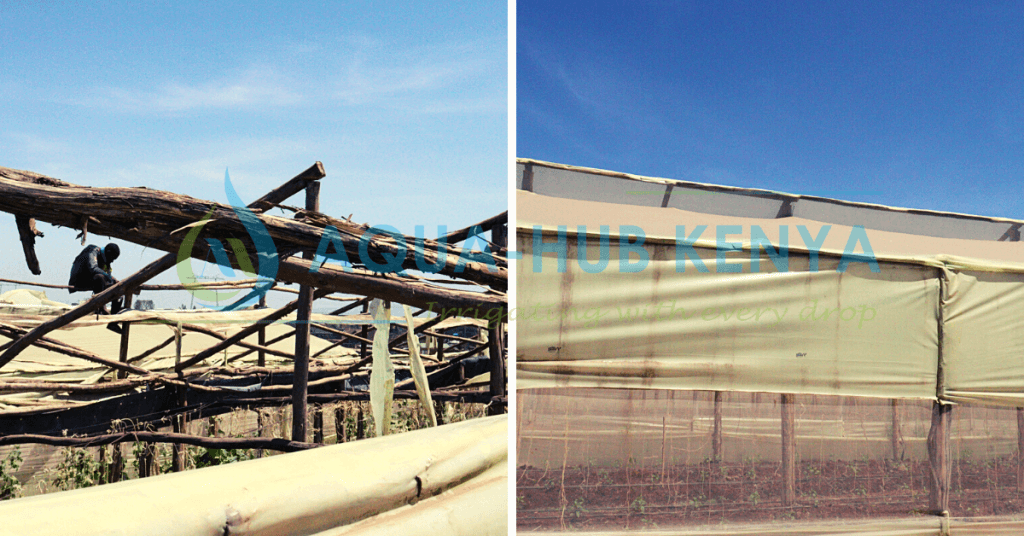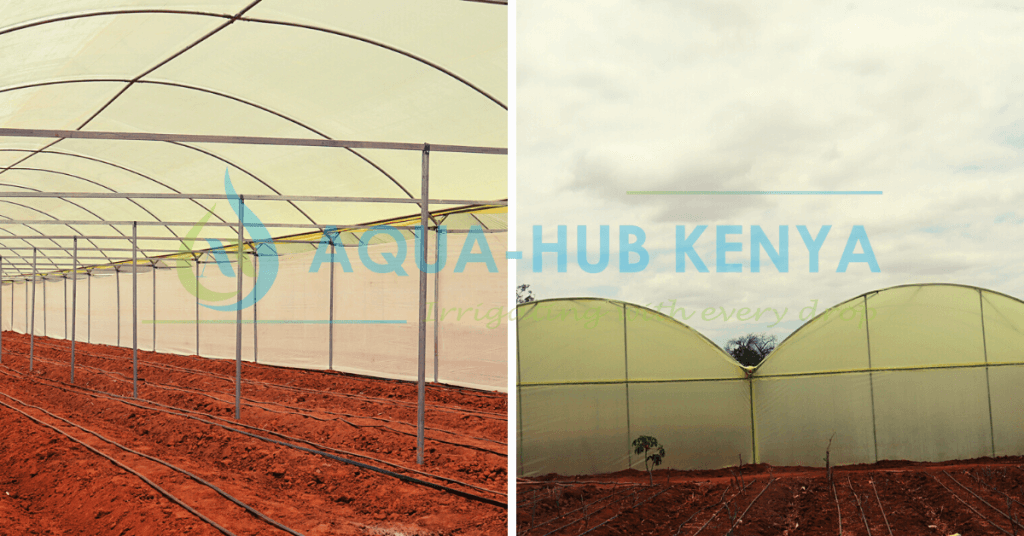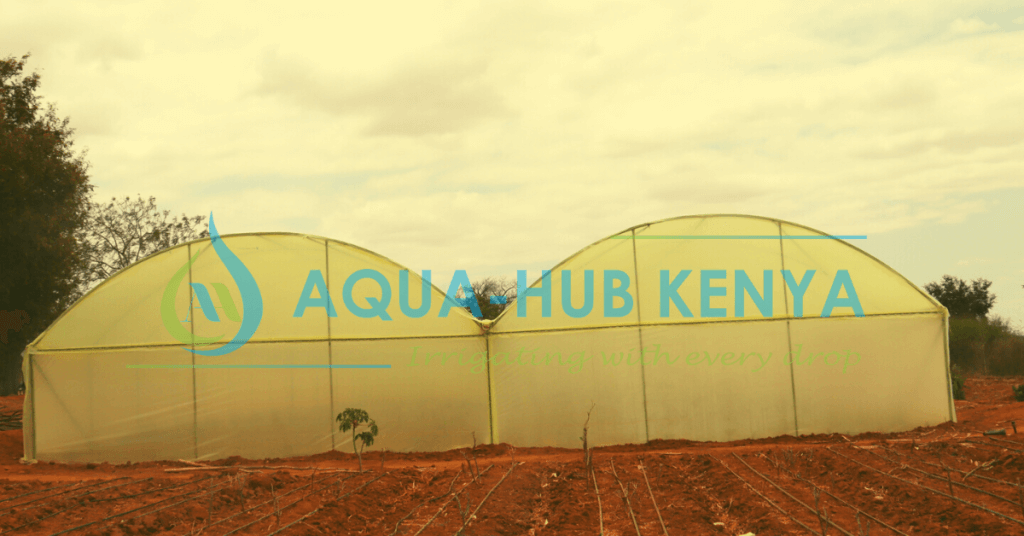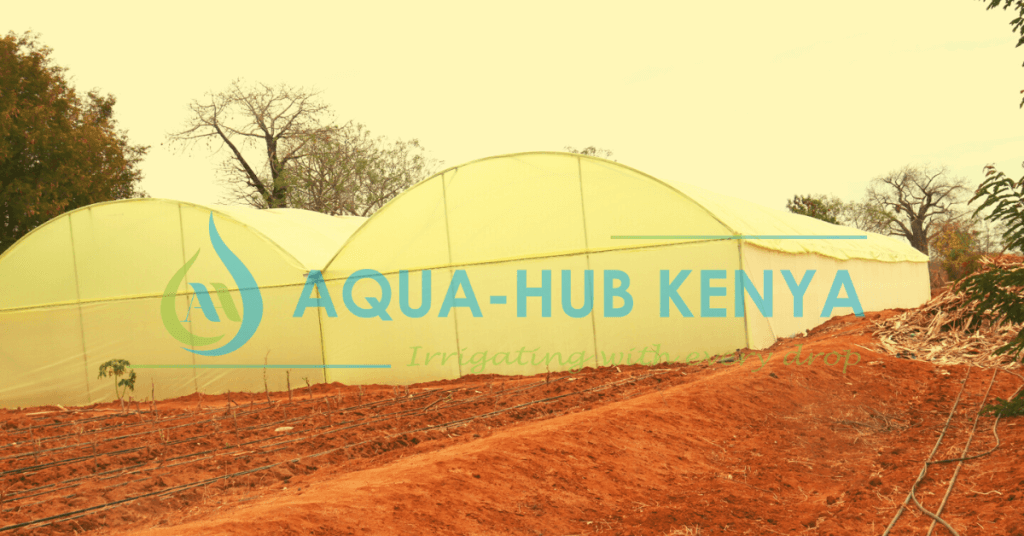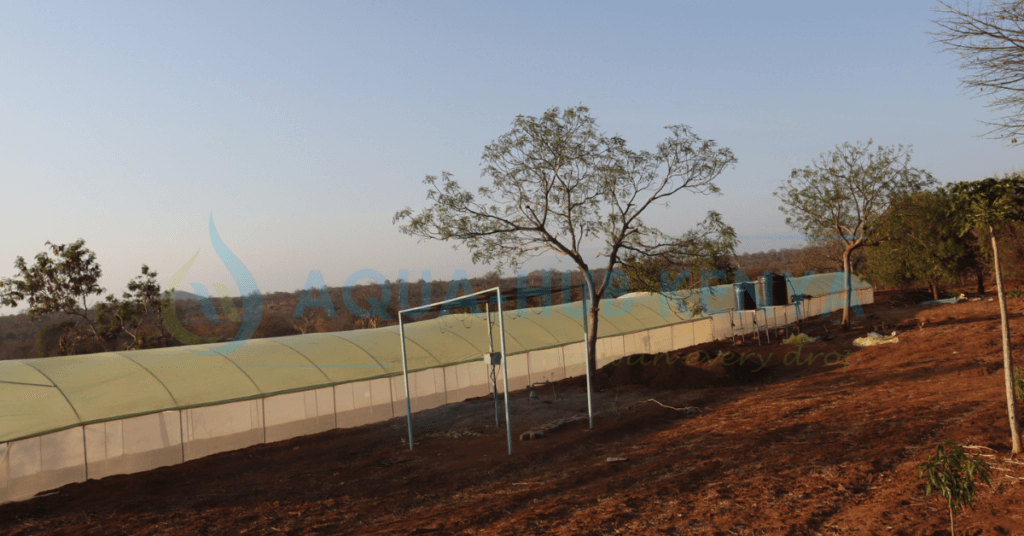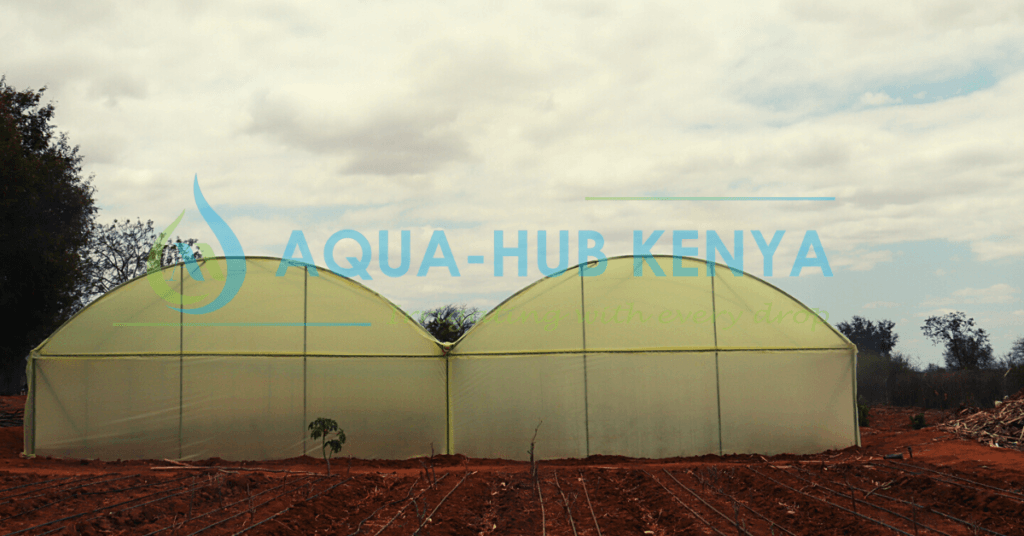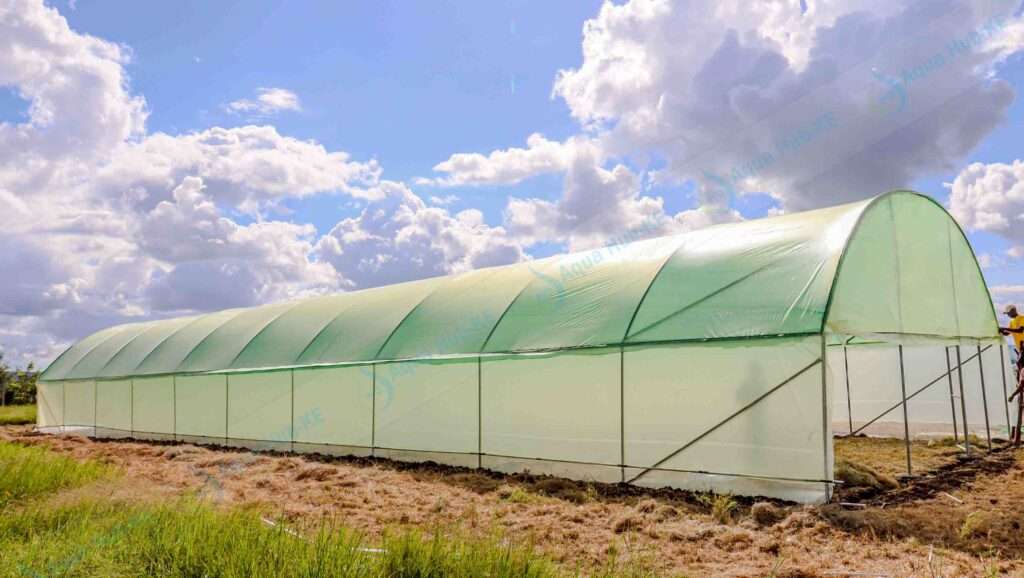How much can a greenhouse make in Kenya?
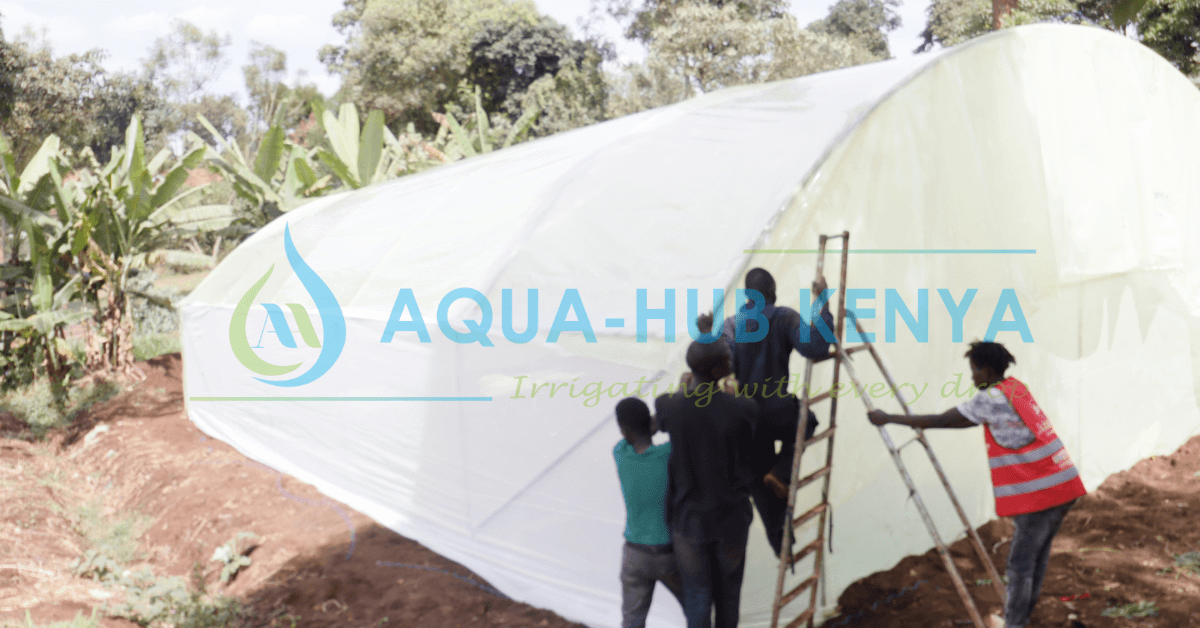
Greenhouse farming profits may be enormous provided the proper precautions are taken. In fact, greenhouse farming can be very profitable if everything is done correctly. The use of greenhouse farming has considerably enhanced crop productivity in Kenya. Most farmers in Kenya cultivate popular greenhouse crops on a small-scale in greenhouses. Crops could be raised in Kenya in a greenhouse to make money easily. It is simpler to adopt sound agronomic practices while growing plants in a greenhouse, and the cost of production is reduced. You may make up to Ksh 500,000 in profit from the greenhouse.
Why you should consider greenhouse farming in Kenya
It is much simpler to manage the temperature in a greenhouse and much less water is used when the right irrigation system is used. The majority of farmers in Kenya utilize drip irrigation for their greenhouses. In a tomato farm, extra nutrients encourage weed growth at the price of tomato growth.
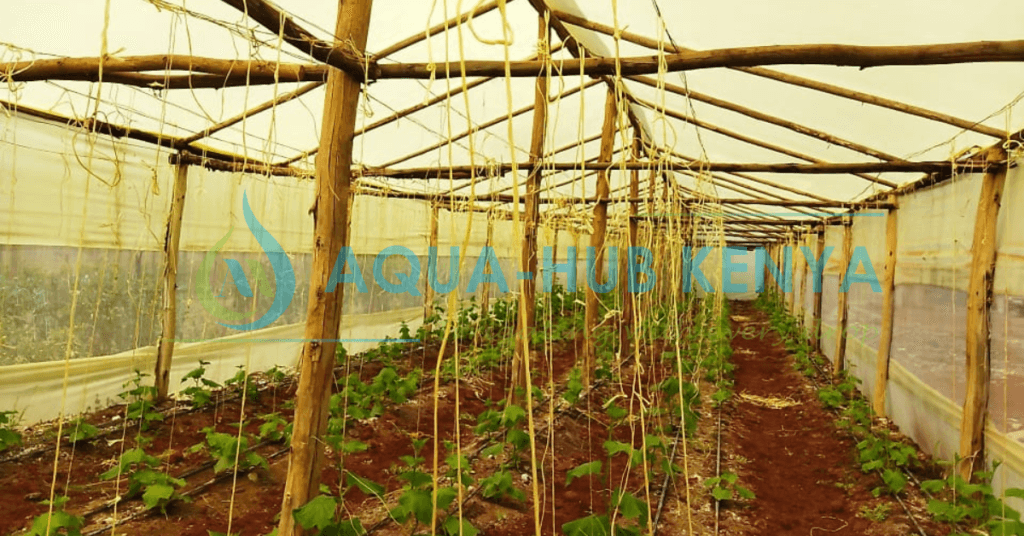
Resulting in hollow tomatoes that quickly perish, as well as smaller, lighter fruits. To avoid overfeeding their tomatoes, farmers are urged to use drip irrigation technology and liquid fertilizers. A common food that is always in high demand is tomatoes. While tomatoes grown outdoors take at least three months to maturity, those produced in greenhouses take months.
Greenhouse farming profits
The most lucrative greenhouse crops are indeterminate hybrids of tomatoes, capsicum, cucumber, coriander, sweet melon, saffrons, strawberries, and Karella. Most of the farmers in Kenya who cultivate horticultural crops like tomatoes, onions, and capsicum have been successful in making their companies instant billionaires. A kilo of fresh tomatoes now costs between Ksh. 100 and Ksh. 200, whereas a single tomato plant may generate between 16 and 20 kg. As a result, the crop may earn about Ksh 4,000 per square meter. In light of this, a normal greenhouse may earn about Ksh 500,000 from a single crop.
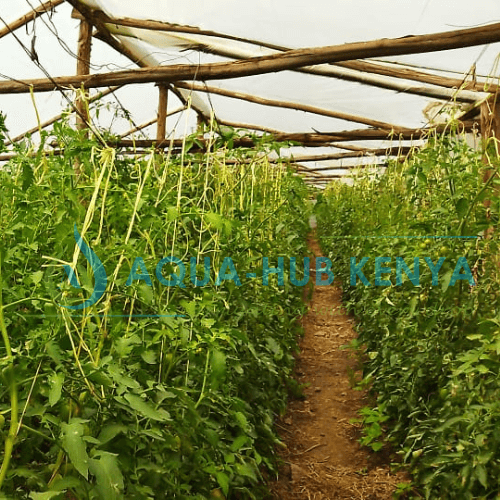
Consider this: in Kenya, greenhouse farming is profitable; 500 indeterminate tomato plants will give 15 kg apiece at the end of a season. This equates to 7.5 tonnes for 500 stems selling at KSH 80.00 a kilogram, resulting in an income of KSH 600,000.00. After subtracting your investment cost of K.sh. 300,000.00, you will get a profit of K.sh. 300,000.00. In this example, your investment has returned 50%.
Factors to consider before venturing into greenhouse farming
Purpose of the greenhouse
To begin, you must understand the greenhouse’s function. You must determine if you intend to sell the produce wholesale or retail. Customer accessibility, seasonality, and growth patterns will all be determined by the aim of your firm. If you are constructing a structure for commercial production, make it a specialized structure that allows you to grow crops based on the future demands of your clients.
The crop to grow
What do you intend to grow, and what light, temperature, and humidity conditions are required? It is recommended that you carefully choose the crops you wish to produce. Profits might be maximized by focusing on veggies that are in short supply in your area. Because the greenhouse allows you to produce crops regardless of the weather, it will be useful if you can offer fresh veggies even during the dry seasons.

